 International. Researchers at the Fraunhofer Institute for the Operation and Automation of IFF Factories developed a scanner and analysis software in collaboration with the Saxony-Anhalt State Office for Heritage Management and Archaeology, which digitally captures the visual characteristics of coins and describes them exactly in a matter of seconds. The scanning system can be used to identify and recognize coin finds.
International. Researchers at the Fraunhofer Institute for the Operation and Automation of IFF Factories developed a scanner and analysis software in collaboration with the Saxony-Anhalt State Office for Heritage Management and Archaeology, which digitally captures the visual characteristics of coins and describes them exactly in a matter of seconds. The scanning system can be used to identify and recognize coin finds.
Countless historical coins that differ from each other only in details are stored in German state museums. Unlike paintings, these archaeological artifacts cannot be labeled, marked, or coded with bars.
False or original? Even experts with a trained eye have a hard time answering this question in relation to historical coins. How, for example, can counterfeits returned to a museum be recognized instead of coins borrowed for an exhibition? How can changes and confusions between objects lent by museums be avoided? Staff members of the Saxony-Anhalt State Office for Heritage Management and Archaeology were also seeking answers to these questions.
About 20,000 coins, often several centuries old, are stored in the chives arches and vaults of the State Office. The collection is constantly growing. Until now, this unmanageable range of historical coins has been painstakingly recorded and documented and by hand. Unlike paints, coins cannot be labeled, marked or barcoded. In search of a solution to this problem and as part of the digitization campaign of the state of Saxony-Anhalt, which includes the digitization of cultural heritage, archaeological finds and historical coins, the State Office turned to the Fraunhofer IFF in Magdeburg.
Fingerprints of archaeological finds
"The State Office aimed to digitize its entire numismatic collection. This gave rise to the idea of creating a fingerprint with which individual currencies can be recognized and classified, as well as facial recognition of people. The fingerprint replaces the barcode so to speak," says Dr. Christian Teutsch, research scientist at FIB Fraunhofer, recounting the first contact with the State Office of Heritage Management and Archaeology. The partners who collaborated closely designed a visual data acquisition system and a software analysis system in their project "Fingerprints of Archaeological Finds: Prototype of Identification and Recognition of Artifacts", which does so by digitizing and accurately describing ancient coins and obtaining unique signatures of the coins. The scanning system had to achieve a recognition rate of ninety-eight percent or more, operate contactless, and acquire data from both sides. Gold, silver, bronze and copper coins with diameters of five to seventy-five millimeters were tested.
Detecting fakes
The new O.S.C.A.R. scanner, short for Optical System for Coin Analysis and Recognition, not only scans the visual characteristics of coins, but also the slightest signs of wear, such as scratches, cutouts, outlines, edges, bites and dents, which make an object unique. This is essential to be able to identify many currencies of the same type. "Obviously, changes can be detected when a coin is scanned twice. This makes it possible, for example, to check on the return of borrowed coins if a scratch has occurred, if the artifact has been damaged or even if it is fake," says the engineer, an employee of the Measurement and Testing Technology Business Unit.
Variable light source adjustment in digitized currencies
The scanner comprises several cameras and several light sources that illuminate coins from different directions, allowing for high-precision resolution and magnification. This allows Teutsch and his team to highlight and scan each function without reflections or reflections. "Light sources can be rotated virtually on the monitor and can be moved over the surface of a coin as desired. That's a major benefit for numismatists, who will now be able to identify only the ignored and unrecognizable setbacks much more quickly and accurately," Teutsch stresses.
The scanning procedure itself is simple: once the barcode on the particular bag belonging to each coin has been scanned beforehand, the coins are placed individually under the scanner. Simply press a button to start the device. A specially developed optical analysis system reconstructs the color and surface characteristics of historical artifacts. The scanner captures more than 1000 visual features per coin. The recorded images are interpreted as measurement data. Reference samples and color charts ensure that each image is standardized and its color space is comparable. This ensures that the image data can be compared between different institutions. In the next step, all measurement data is transferred to the analysis software, which uses the data to calculate the fingerprint.
"The software compares the coins using the database, that is, it looks for their signatures. There was no way to identify them before. Knowledge about the location of the find and other information was lost if a bag fell to the ground and the coin fell," teutsch says. Now, state cultural heritage agencies and museums can also make coin finds accessible to the public. What's more, the currency databases of all states can be verified. Collaboration with KENOM's national currency database is also being taken to a new level. Numismatists can use digital data to establish correlations between different currencies or find locations and therefore historical contexts of use.
10,000 coins already digitised
The new scanning system makes it possible to digitize and document the numismatic collection automatically, greatly speeding up laborious work. Project partners have already scanned in 10,000 coins. The entire collection of 20,000 specimens will soon be digitized.
Numismatists were duly impressed after an initial presentation of the prototype. "The new scanning system will revolutionize numismatics in Europe," Teutsch says, recapping. The best thing about this is that the app can also analyze paints, as the system also captures brushstrokes. Paintings can be forged, but the exact brush does not. "We detect any Van Gogh with our solution, guaranteed. A forgery would be immediately identifiable due to discrepancies in the details of the application of paint and crests caused by brush bristles.
Source: Fraunhofer.



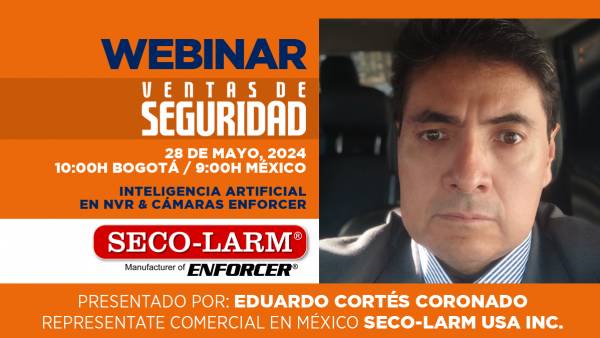
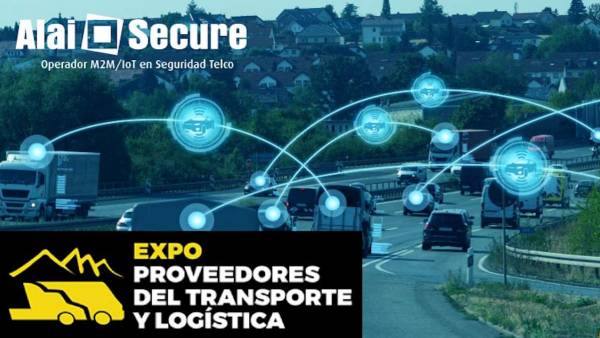
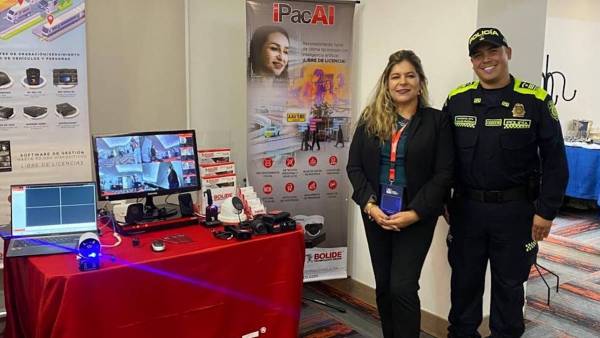
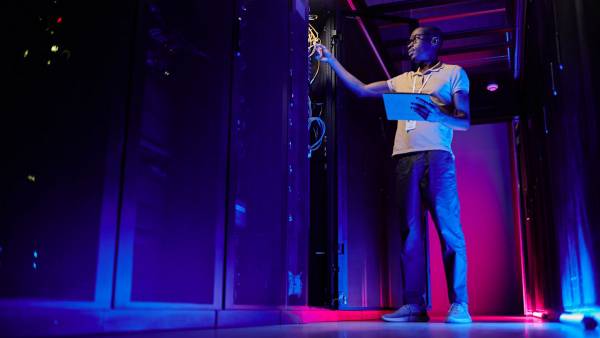
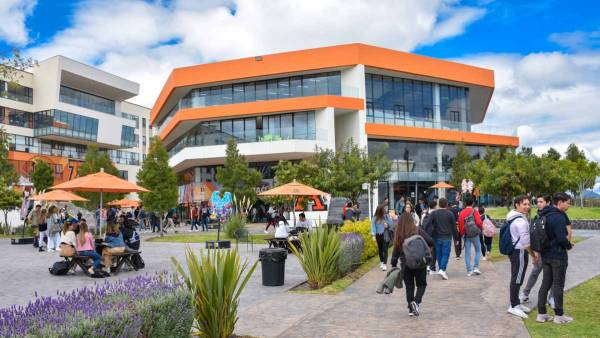
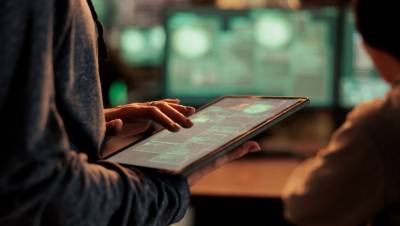
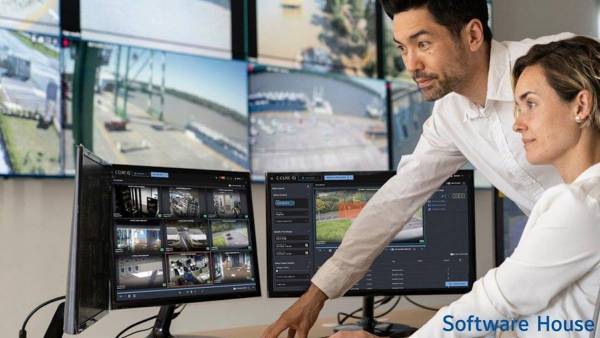
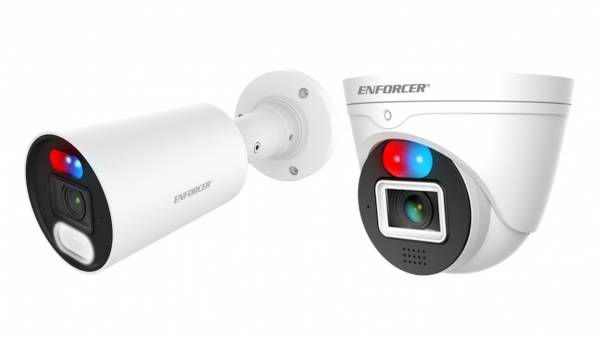
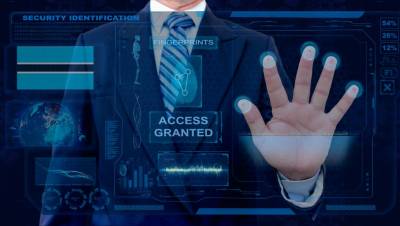


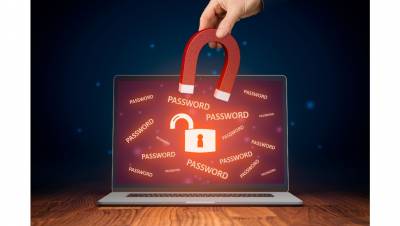
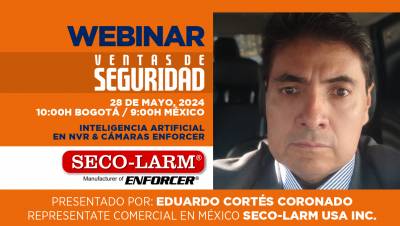









Leave your comment